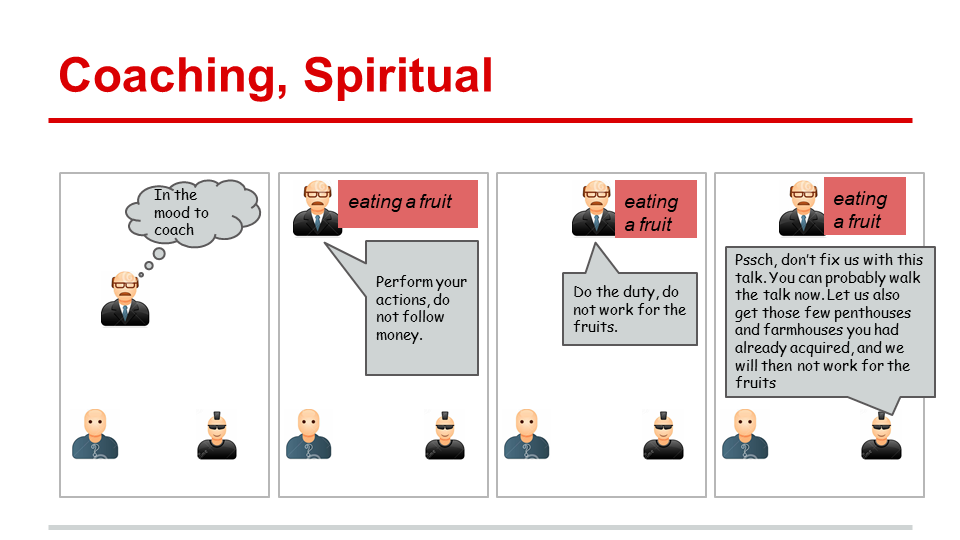
Intro
Rock music, particularly in the golden era, often transcended rhythm and rebellion, delving into deep spiritual and philosophical explorations. “The Seeker” by The Who stands as a prime example, blending the band’s signature sound with a narrative that mirrors humanity’s timeless quest for understanding. This piece briefly unpacks the lyrical richness of the song, highlighting how rock transcends sound, embodying profound quests that resonate with the seeker in each of us. Join us as we explore the depth found in the beats of yesteryears.
First the Chorus
| Lyrics | Brief Interpretation |
|---|---|
| They call me The Seeker I’ve been searching low and high I won’t get to get what I’m after Till the day I die. | The lyrics convey an unending quest for deeper truth, emphasizing the human tendency to persistently seek purpose and understanding—a journey not confined by life’s extremes and one that doesn’t expect resolution until life’s end. It universally resonates, mirroring the cultural ethos of exploration and questioning prevalent during the song’s release. |
Lyrics
I’ve looked under chairs
I’ve looked under tables
I’ve tried to find the key
To fifty million fables
They call me The Seeker
I’ve been searching low and high
I won’t get to get what I’m after
Till the day I die
I asked Bobby Dylan
I asked The Beatles
I asked Timothy Leary
But he couldn’t help me either
They call me The Seeker …
People tend to hate me
‘Cause I never smile
As I ransack their homes
They want to shake my hand
Focusing on nowhere
Investigating miles
I’m a seeker
I’m a really desperate man
I won’t get to get what I’m after
Till the day I die
I learned how to raise my voice in anger
Yeah, but look at my face, ain’t this a smile?
I’m happy when life’s good
And when it’s bad I cry
I’ve got values but I don’t know how or why
I’m looking for me
You’re looking for you
We’re looking in at other
And we don’t know what to do
They call me The Seeker ..
Brief Interpretation
Always on the Hunt
The song kicks off with, “I’ve looked under chairs, I’ve looked under tables,” showing us that the search for life’s big “truths” is intense and desperate. It’s like the singer’s turned his whole world upside down, hunting for this elusive key that unlocks “fifty million fables.” It’s not just about literally poking around in corners; it’s this deep dive into life’s massive mysteries, trying to find something that makes it all make sense.
Even the Cool Guys Don’t Know
Then there’s a bit where he says, “I asked Bobby Dylan, I asked The Beatles, I asked Timothy Leary, but he couldn’t help me either.” It’s pretty clear, huh? Even these legends, who we might think have all the answers, are also kind of winging it. It’s a nudge that, hey, nobody’s got a roadmap to life, and even the people we look up to are also just looking for clues.
It’s Okay to Feel All the Feels
Fast forward, and we hit, “People tend to hate me ’cause I never smile. As I ransack their homes, they want to shake my hand.” Sounds confusing, right? But it’s all about the rollercoaster of emotions. Life isn’t a straight line. Sometimes you’re the misunderstood hero, other times you’re crying when things go south, and then you’re all smiles when life throws you a good day. The singer confesses, “I’m happy when life’s good, And when it’s bad I cry.” It’s a shoutout to everyone that it’s perfectly human to feel everything intensely.
So, “The Seeker” gives us a peek into a journey that’s all about scrambling for answers, realizing no one’s really got them, and riding through life’s emotional ups and downs. It’s like saying, we’re all in this wild quest together, figuring it out as we go.
Contrarian Views
- Misguided Search:
- “I’ve looked under chairs, I’ve looked under tables” suggests a surface-level search. Is the Seeker looking superficially, missing deeper truths by focusing on the trivial?
- Celebrity Over-Reliance:
- The lines “I asked Bobby Dylan, I asked The Beatles, I asked Timothy Leary” might critique a blind spot in hero worship. Is the Seeker naively expecting easy answers from celebrities, instead of thinking independently?
- Drama Addiction:
- Expressions like “People tend to hate me ’cause I never smile” and “I’m happy when life’s good, And when it’s bad I cry” could hint at a penchant for melodrama. Is the Seeker reveling in emotional extremes, mistaking turmoil for depth?
MidJourney Prompt with inputs from ChatGPT
Create an image that represents the concept of a spiritual journey, inspired by the rock song ‘The Seeker’ by The Who. The image should combine mystical elements, such as a shining path or road leading toward a distant, glowing horizon, under a twilight sky. In the foreground, a lone traveler, perhaps in silhouette, is walking towards the horizon. The overall atmosphere should be one of wonder, introspection, and a timeless quest for knowledge, resonating with the themes of the song. –ar 16:9









